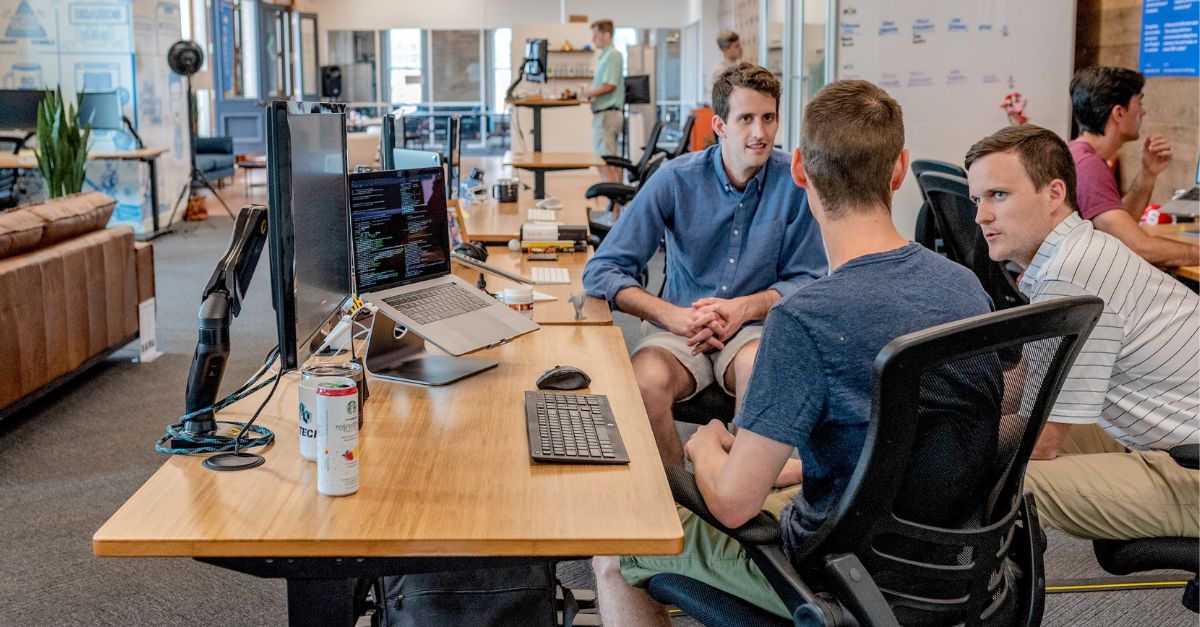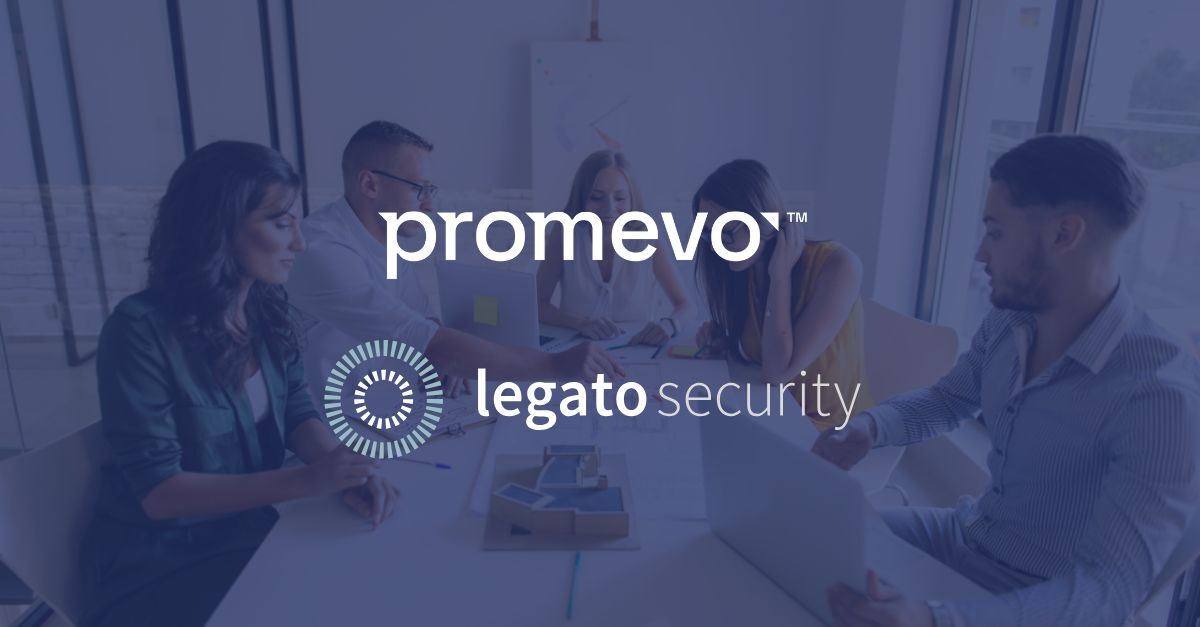3 min read
Your Cloud Security Program May Not Be Cloud Optimized: Here’s How You Can Tell
The Google Cloud Platform (GCP) levels up every aspect of your business. But is your cloud as secure as it could be? The GCP’s built-in cloud...
The unmatched flexibility and scalability of the cloud makes migration a no-brainer for many organizations. But often, a holdover reliance on legacy security tools and on-premises processes hinders resilient cloud environments. A security strategy that isn’t cloud-specific has clear consequences: Most security incidents now involve the cloud.
Whether you’ve already completed your cloud migration or you’re somewhere in the process, it’s critical to optimize security through cloud-tailored threat detection, investigation, and response (TDIR) and cloud-native tools. This significantly eases the burden on IT and security teams, and it’s key to achieving high integrity, user experience, and confidentiality standards.
Here’s what makes TDIR in the cloud different — and how an integrated SecOps model paired with services expertise ensures a sustainable cloud security program.
The systems, technologies, and processes that comprise the cloud environment are fundamentally different from on-prem systems, and this results in unique security parameters. In multi-cloud environments, nuanced but critical differences in the way security is handled by various vendors make ongoing collaboration essential.
Further, optimizing security for cloud infrastructure requires newer, richer telemetry sources like cloud audit logs, as well as cloud-native detection tools, platforms, and methods. These adjustments streamline IT workloads and reduce operational overheads for team members executing TDIR.
Beyond the infrastructure itself, the cloud-based threat landscape also differs significantly from that of on-prem systems. As cloud footprints grow, organizations’ attack surfaces and security risks also increase. Misconfigurations, unstructured identity and access management (IAM), data leakage, and more can expose organizations to serious threats and require rigorous oversight. And because many cloud services are owned by other teams, all elements of security strategy must be consistent.
But adjusting your security strategy for the cloud is worth it. By making these changes, you allow teams to reimagine paradigms for resilient systems, and strengthened end-user and customer protections. This is possible through an integrated SecOps model powered by the Google Cloud Platform (GCP).
Google Cloud Security offers a full SecOps suite for maximizing your TDIR process. Leverage this suite through a three-step approach that enables informed security decision-making and rapid incident intervention.
Sustainable cloud security is possible by leveraging the support of a Google Cloud services partner. At Promevo, our Google Cloud Architects can guide you through cloud security optimization that fits your budget, accessibility, and functionality needs. Connect with a Promevo expert today to schedule a free consultation or Advisory Workshop for your entire team.
Meet the Author
Promevo is a Google Premier Partner for Google Workspace, Google Cloud, and Google Chrome, specializing in helping businesses harness the power of Google and the opportunities of AI. From technical support and implementation to expert consulting and custom solutions like gPanel, we empower organizations to optimize operations and accelerate growth in the AI era.

3 min read
The Google Cloud Platform (GCP) levels up every aspect of your business. But is your cloud as secure as it could be? The GCP’s built-in cloud...

4 min read
The decision to migrate your cloud environment can be daunting, and isn’t one that should be taken lightly. Organizations face several challenges,...

2 min read
At Promevo, our mission is to help organizations unlock the full potential of the Google ecosystem — and we know that strong security is essential to...